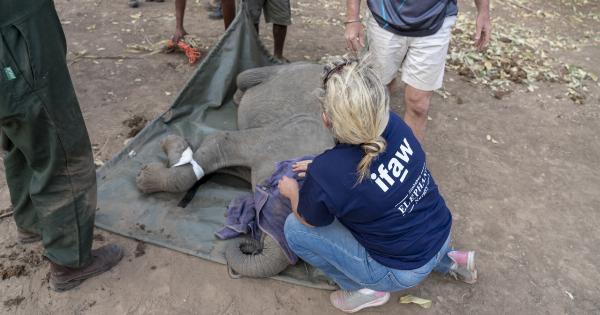Prevention centers are organizations devoted to promoting and supporting various preventive measures aimed at minimizing risks and enhancing safety in different settings.
They can operate in various domains, including public health, cybersecurity, environmental protection, and many others. The aim of this article is to offer insights into how prevention centers operate and the primary strategies they use to achieve their goals.
The Role of Prevention Centers
Prevention centers primarily serve as educational and support platforms for various activities aimed at preventing risks and hazards.
They have a mandate to create awareness and offer guidance on best practices for preventing risks and enhancing public safety. Prevention centers are also involved in advocacy, research, and analysis to identify emerging risks and threats and recommend preventive measures and policies.
The Key Strategies of Prevention Centers
Prevention centers use various strategies to achieve their objectives. Here are some of the key strategies:.
Education
Education is one of the primary strategies prevention centers use to promote risk prevention and safety.
They use different approaches, including training programs, workshops, seminars, and publications, to create awareness and offer advice on best practices for preventing risks and minimizing their impact. Prevention centers also collaborate with related organizations and stakeholders, such as schools, public health authorities, and emergency response services, to develop and implement educational initiatives and programs.
Research and Analysis
Prevention centers carry out research and analysis to identify emerging risks and threats and recommend effective prevention measures.
They collect data on various risks and analyze trends and patterns to identify emerging risks and opportunities for preventive action. Prevention centers also collaborate with other research organizations and stakeholders to develop strategies and policies aimed at preventing and minimizing the impact of risks.
Advocacy and Policy Development
Prevention centers use advocacy and policy development as strategies to promote preventive action and influence policies for risk prevention and safety.
They collaborate with policymakers and other stakeholders, such as law enforcement agencies and public health authorities, to develop and advocate for policies and regulations designed to minimize risks and enhance public safety. Prevention centers also engage in public discourse and awareness campaigns to influence public opinion and support for preventive measures and policies.
Crisis Management and Emergency Response
Prevention centers are involved in crisis management and emergency response activities aimed at minimizing the impact of risks and hazards.
They collaborate with emergency response agencies and other stakeholders to develop and implement emergency plans and response strategies. Prevention centers also provide emergency support services, such as counseling and information, to help individuals and communities affected by risks or hazards.
Collaboration and Partnership
Prevention centers collaborate and partner with various stakeholders to achieve their goals. They work with related organizations, including schools, hospitals, and public health authorities, to develop and implement preventive measures and policies.
Prevention centers also partner with businesses and industries to promote safe practices and prevent or minimize risks in their operations.
Tools and Resources
Prevention centers provide a range of tools and resources to support preventive activities. These include informational materials, databases, risk assessment tools, and guidelines on best practices for preventing risks and enhancing safety.
Prevention centers also collaborate with providers of safety equipment and technology to develop and promote the use of effective preventive measures and tools.
Impact of Prevention Centers
Prevention centers have had a significant impact on society, contributing to the identification, prevention, and minimization of risks and hazards.
Their efforts in advocacy, research, and education have increased public awareness of risks and their impact and encouraged the adoption of preventive measures and policies. Prevention centers have also contributed to the development of technologies and tools for risk reduction and emergency response. Their work has helped save lives, reduce the incidence and impact of hazards, and enhance public safety.
Conclusion
Prevention centers play an essential role in promoting risk prevention and safety. Their activities help create awareness, develop strategies and policies, and promote the adoption of best practices for preventing risks and hazards.
The key strategies employed by prevention centers include education, research and analysis, advocacy and policy development, crisis management and emergency response, collaboration and partnership, and tools and resources. The impact of prevention centers is significant, contributing to the reduction of risks and hazards and enhancing public safety.































